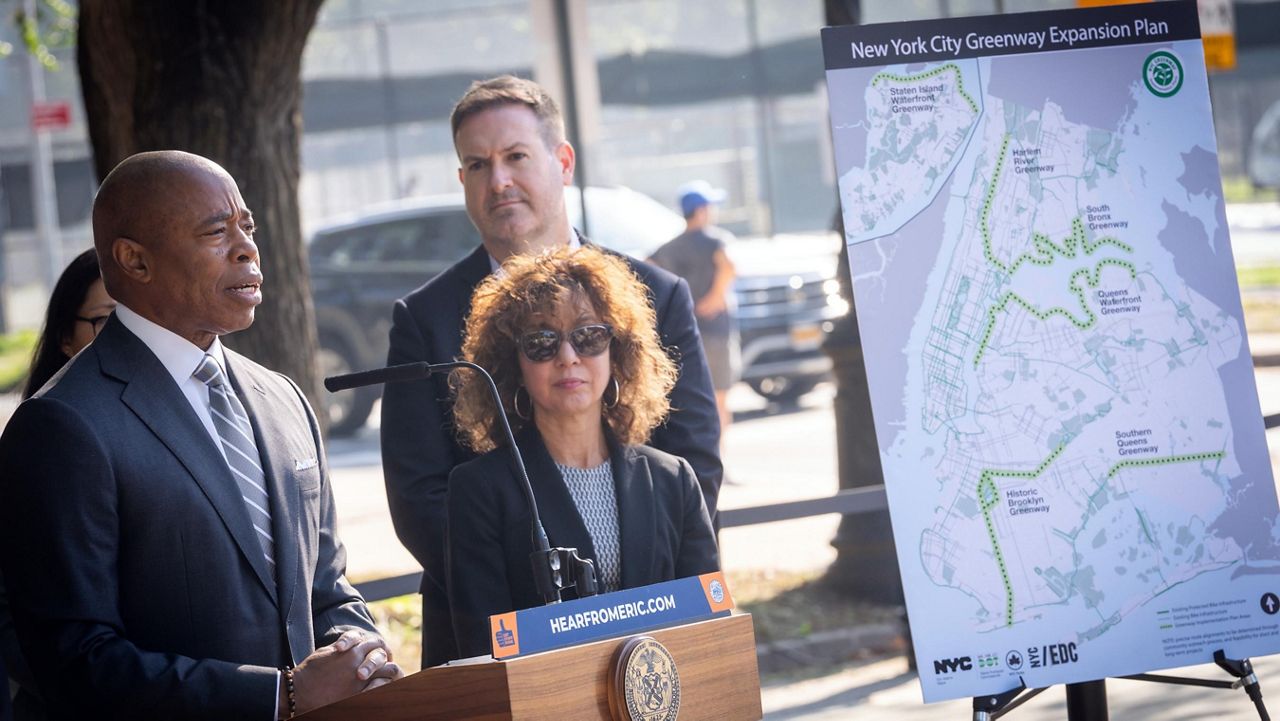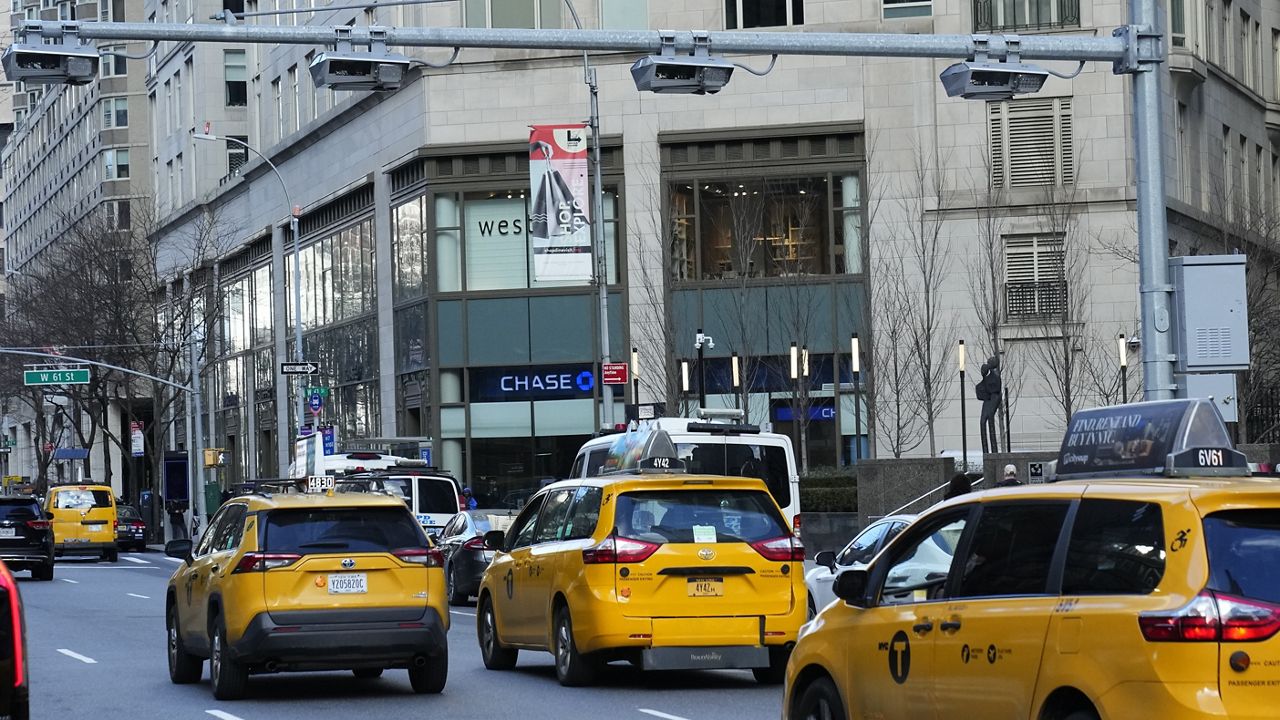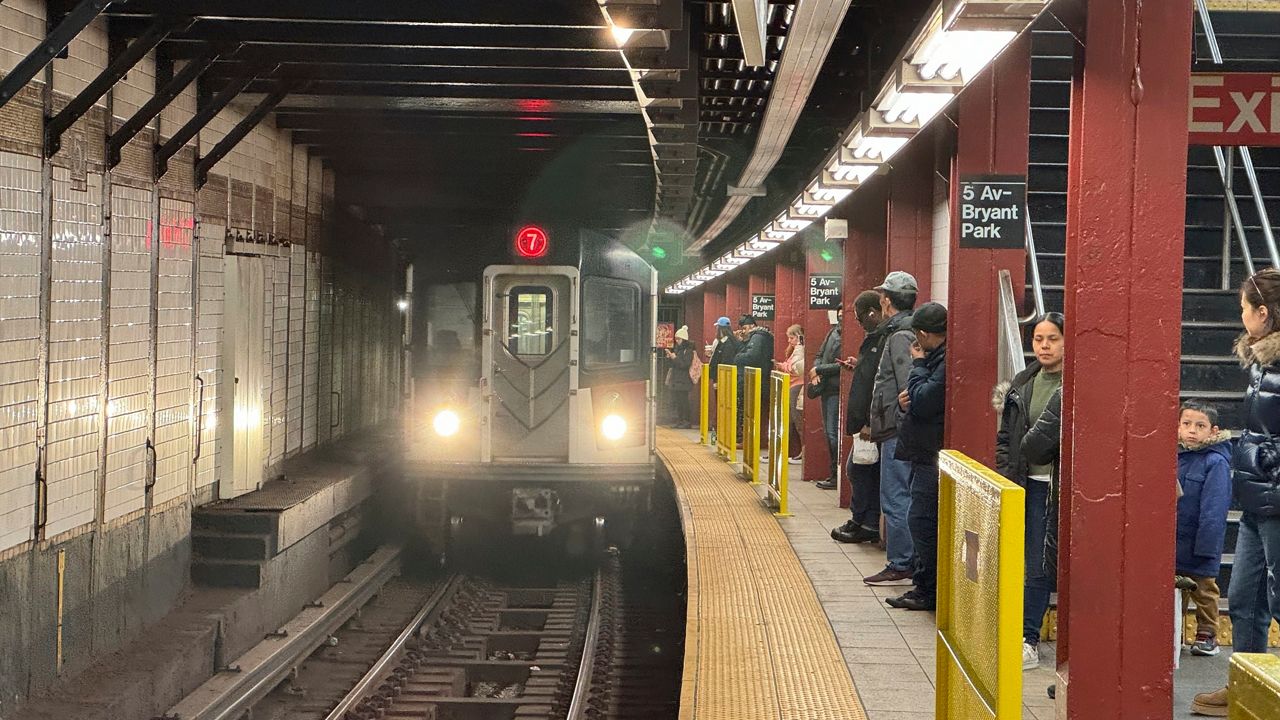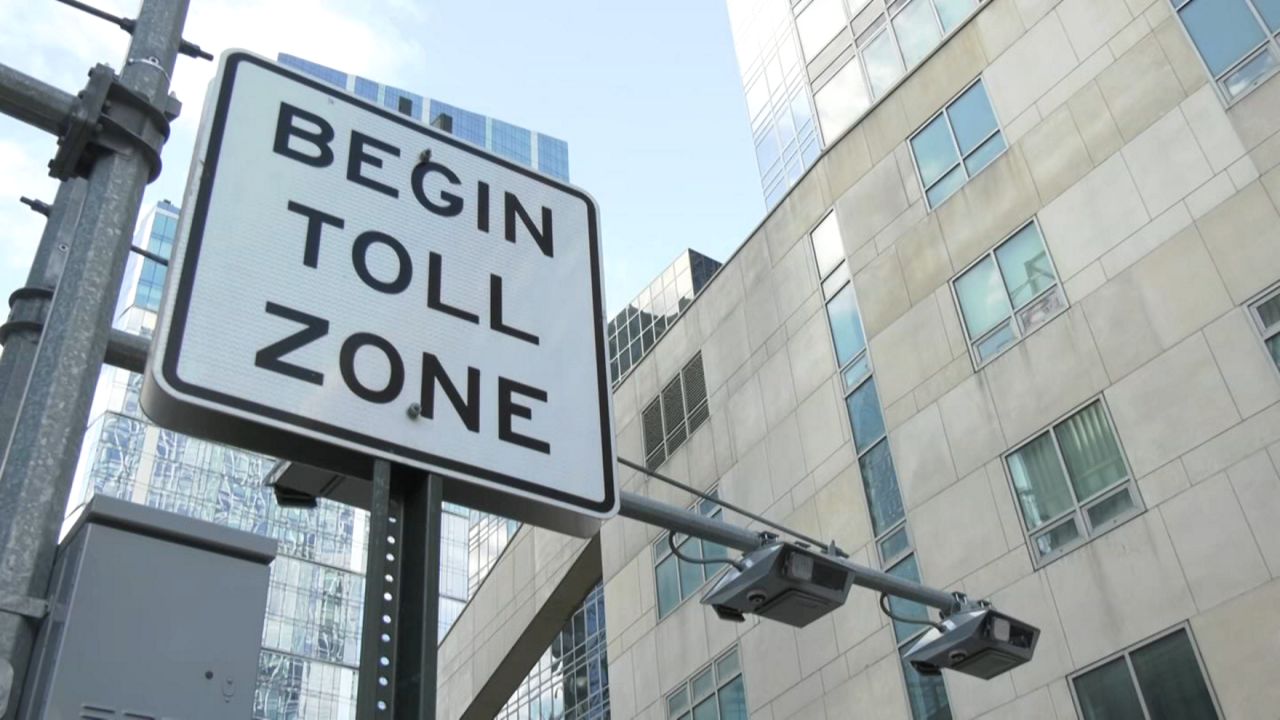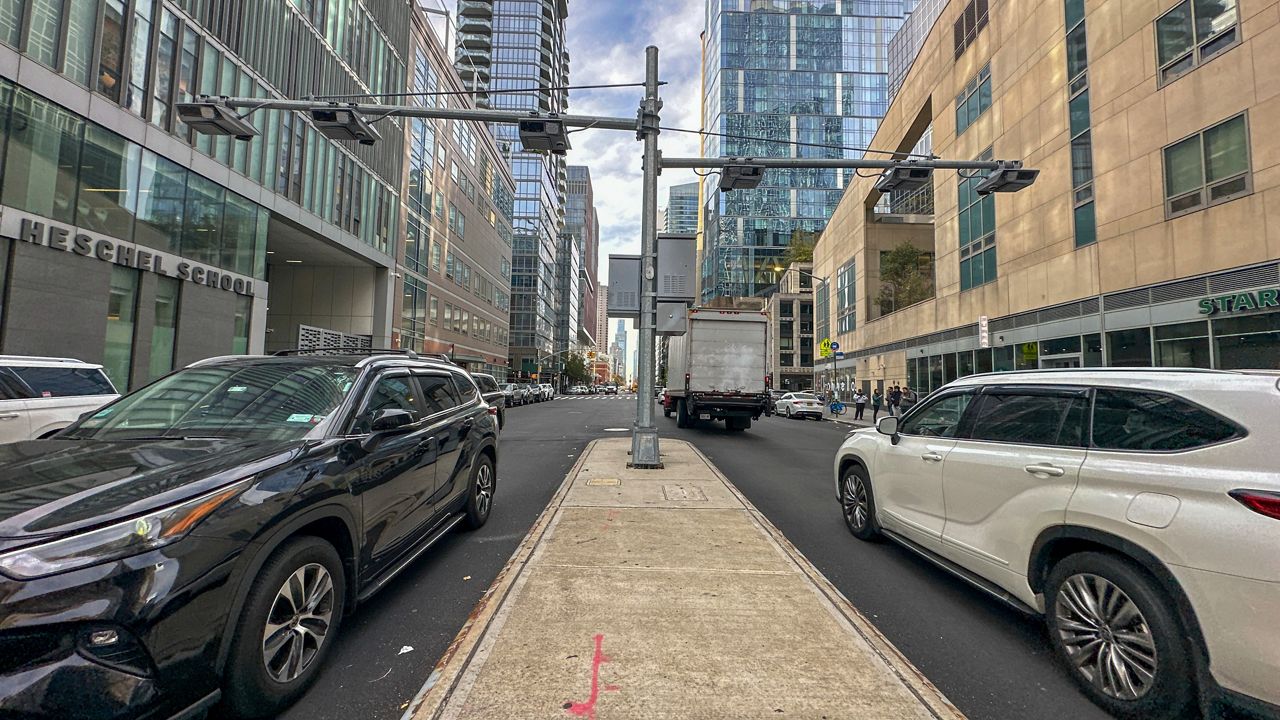The city will expand its existing greenway network by developing five new greenway corridors in Queens, Brooklyn, the Bronx and on Staten Island, Mayor Eric Adams said Thursday.
The expansion, which will span 60 miles and include more than 40 miles of new protected bike infrastructure, aims to bridge gaps in existing greenway space and provide New Yorkers with safer, eco-friendly transportations, Adams said at a news conference.
“New Yorkers love cycling —and I do as well —and biking more than ever,” he said. “And we want to make sure everyone who cycles can get all around this city safely and smoothly.”
What You Need To Know
- The city will expand its existing greenway network by developing five new greenway corridors in Queens, Brooklyn, the Bronx and on Staten Island, Mayor Eric Adams said Thursday
- The expansion will span 60 miles and include more than 40 miles of new protected bike infrastructure, the mayor said. The city will identify specific street routes through a community engagement process
- The five corridors were chosen "based on the merits of equity, park access, transportation utility, and economic development, among other factors," City Hall said
The city’s plan will build upon ongoing efforts to establish a seven-mile Harlem River Greenway in the Bronx, he added.
City Hall provided details about the following five corridors in a news release, saying they were chosen “based on the merits of equity, park access, transportation utility, and economic development, among other factors.”
- Queens Waterfront: A 16-mile corridor running from Gantry Plaza State Park to Little Bay Park will “close gaps in cycling routes from Long Island City and Astoria to East Elmhurst and College Point, Queens,” the release said. It will run parallel to the Long Island Sound.
- Historic Brooklyn: A 12-mile route connecting Coney Island to Highland Park will address “gaps in the greenway network running from the southern tip of Brooklyn at Coney Island to the border of Brooklyn and Queens.” The route will connect to the Broadway Junction transit hub, according to the release.
- Staten Island Waterfront: A 10-mile corridor running from Goethals Bridge to the Verrazzano Bridge aims to “provide a safe east-west cycling and walking route across the entire North Shore of Staten Island.” It will connect to sites including the St. George Ferry Terminal.
- South Bronx: A 15-mile-long route will connect Randall’s Island Park to SUNY Maritime. The corridor “will simplify and improve safety for commutes to industrial job centers like Hunts Point” and “improve the connections between waterfront parks in the Soundview and Throgs Neck neighborhoods.”
- Southern Queens: A seven-mile route connecting Spring Creek Park to Brookville Park will aim to “transform access to John F. Kennedy International Airport.” It will “directly connect to the existing Jamaica Bay Greenway and parks in Southeast Queens,” the release said.
The initiative will be support by a $7.25 million federal grant the Adams administration secured in August 2022, according to the release.
While the five corridors have already been chosen, the city will identify specific street routes through a community engagement process, Adams said. Planning for the expansion will be “staggered over the coming several years,” the release said.
We’re bringing 60 MILES of new greenway corridors to the Bronx, Brooklyn, Queens, and Staten Island.
— Mayor Eric Adams (@NYCMayor) October 12, 2023
Grab your helmet and learn more: https://t.co/OO1XV3XZxp pic.twitter.com/U0TvnTY773
“We can’t move at such a fast pace that we’re leaving communities behind, and every community does not think the same, and don’t want the same,” the mayor said. “But they do want to have input, and we are going to give them that input.”
The city’s Department of Transportation “will work to identify and implement short-term projects along the identified routes while developing plans for long-term projects,” the release said, noting that short-term improvements will include “the installation of markings, signs, and limited concrete work on city streets.”
Planning for the Harlem River Greenway in the Bronx is already underway, and planning for the Queens Waterfront Greenway is scheduled to begin early next year, the release said.
“Over the next two years, the city will kick off new implementation plans for other corridors roughly every six months,” the release added.




